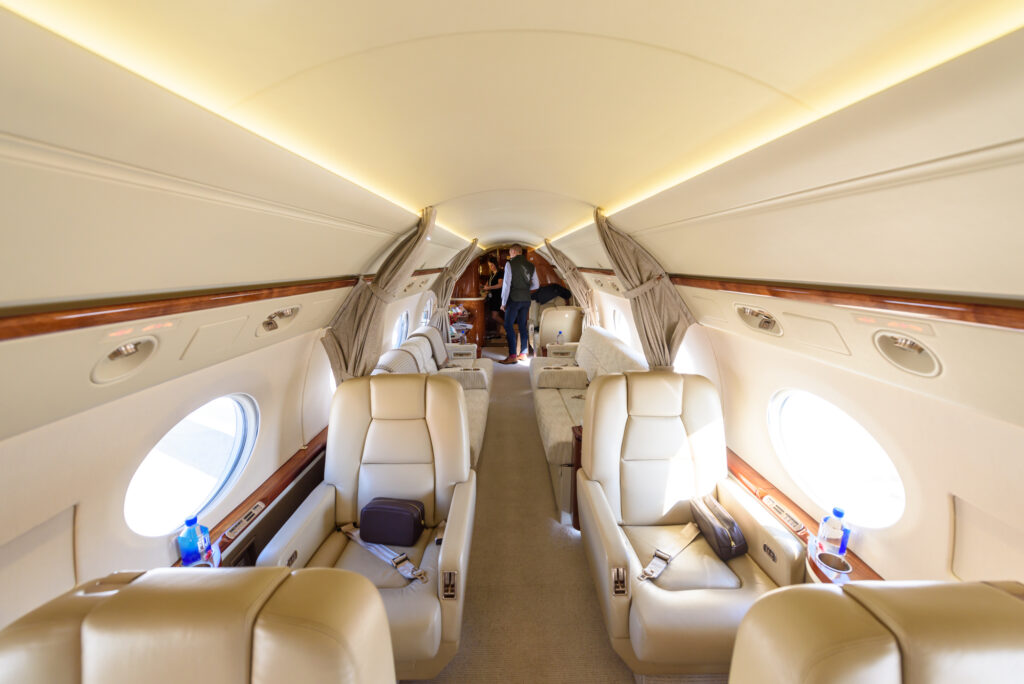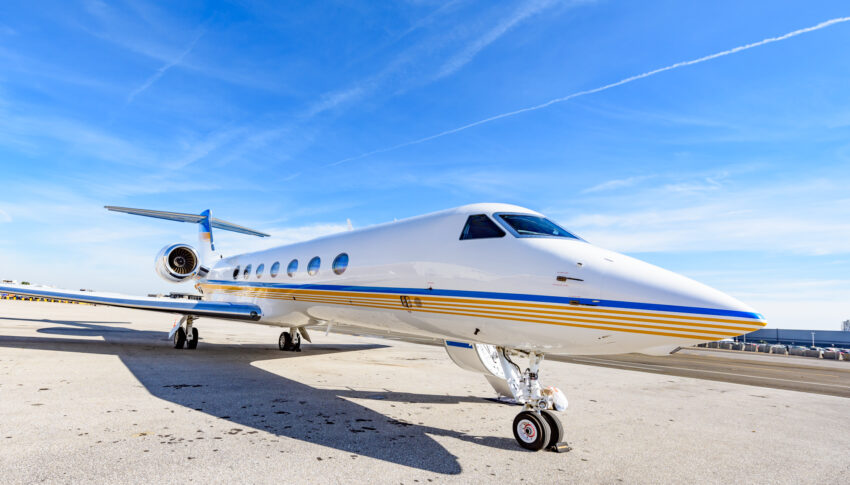After a tumultuous few years, the private aviation market is facing an unprecedented set of opportunities, but needs to lean on its strengths, minimise weaknesses and overcome threats. To get the charter broker perspective on the market, we spoke with Gregg Brunson-Pitts, founder and chief executive officer at Advanced Aviation Team.
For the private aviation industry, there is, Brunson-Pitts says, “a lot of opportunity, a lot of upside… for a lot of people in the industry, from operators, to crews, to brokers, to parts manufacturers, as well as consumers, passengers, owners.”In particular, the range of users for corporate aircraft expanded during COVID, growing from flying around C-suite level executives to moving core operational staff to critical locations. This not only grew the demand for corporate jets among existing markets, but expanded it to new ones.
“Sometimes utilising a jet is not necessarily about a luxurious experience,” Brunson-Pitts explains. “It is about utility: economising your time and getting from a point to a point — to a point — in a day. Sometimes you can hit three stops in a day… and so utilising a jet, for maybe not as senior a person, for someone more mid-level, just makes sense. It’s the best use of your time.”
Despite this growth, there are weaknesses to overcome. One is aircraft availability, with spikes in demand difficult to manage as the industry struggled to adjust the levers of pricing, flexibility and travel product.
Another weakness is the constraint on responsiveness to demand for new product, with aircraft manufacturing rates cut during the COVID-19 pandemic, and the knockon effects not just at the airframer level but within the supply chain. Much as with the rest of the aviation industry, private aviation supply chains have seen supply gaps in everything from wheels to seat leather, with knockon impact to MRO (maintenance, repair and overhaul) as well as the interior and connectivity upgrades needed to retain the highest charter rates for owners.

“Because of all the interest the past few years in our industry, we’ve suffered from some of the same supply chain constraints as other industries in terms of parts, personnel and aircraft availability, and crew shortages,” Brunson-Pitts explains. “That’s quite a big strain on our industry. Some of those things have eased a little bit at the end of 2022 and into the beginning of 2023. However, the past few years have been tough.”
Future opportunities include new technologies: “we’ve accepted payment via a, b, we’ve accepted payments via a crypto exchange in the last few years, multiple times, which is new for us,” Brunson-Pitts notes, citing also the overall move towards online collaboration tools like Slack, as well as 360-degree interior and exterior views of aircraft, which are becoming increasingly important to customers.
Important too is the opportunity to go to where potential customers are, including online. Instagram, particularly Reels, will increase in importance as part portfolio, part showcase, part sales channel.
“I’ve really leaned into curating a brand on social media that is tasteful, and hopefully will bring the type of customers in that we are hoping to attract,” Brunson-Pitts says.
Another part of the opportunity puzzle is a robust pipeline of new aircraft and new aircraft types from manufacturers, including Bombardier, Dassault, Embraer and Gulfstream, with shifting jet categories part of the future opportunity mix.
“I see more growth in super-mid and ultra-long-range than I do in light jets,” Brunson-Pitts says. “Potentially that’s because that’s where we focus most of our attention. We do plenty of light jets and midsize, but I don’t see as many new products rolling off in that category as I do the super-mids and ultra-long-range.”
This strong demand also gives certainty to the industry and incentive for investment in new aircraft — as well as new kinds of aircraft. Advanced air mobility, including eVTOL, air taxis and the like, is on the private aviation industry’s horizon, but is unlikely to materialise in any meaningful form before the end of this decade or early next at the earliest.
Author: John Walton
Published 7th March 2023
Image credit Advanced Aviation Team




